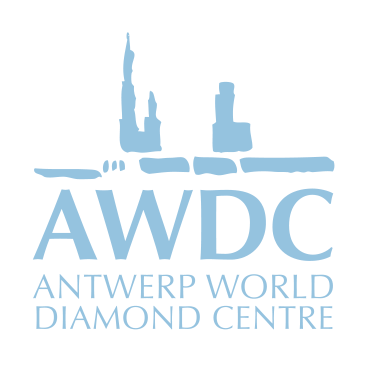- Home
- What can we do for you
- G7/EU Sanctions
- GF Glossary
GF Glossary

Grandfathered Goods (GF-goods)
Non-industrial, natural, or laboratory-grown (lab-grown) diamonds (both rough and polished) of unknown or Russian origin that a company already possessed before January 1, 2024.
Grandfathering-principle
Companies are now permitted to regularize their existing stock of diamonds originating from Russia or of unknown origin. The diamond scope includes natural and synthetic, rough and polished, non-industrial diamonds of all sizes.
GF-number
Goods are assigned a unique 35-digit identifier beginning with 'GF. ' A GF-number can be issued for imports and exports. The number must remain with the goods throughout their ownership transfer.
Grandfathering log
A component of the digital registry used to track the movement of goods from existing stock. It records the balance of goods at the time of stock declaration with the FPS Economy and monitors future movements. This log maintains a clear record of goods that have been grandfathered (and thus removed from existing stock) and those that remain eligible for grandfathering (and are still part of the existing stock).
Registry
The Diamond Office holds the registry, of which the grandfathering log is a component.
Foreign company
A company abroad that is not a Belgian-registered Diamond Company.
National Trading
Trade within one country, in this case Belgium.
Intra-EU trading
Trade between EU countries, in this case between a Belgian-registered diamond company and an EU company.
External trading
Trade with a country outside the EU, in this case, between a Belgian-registered diamond company and a non-EU country (not Russia).
Direct ban
A prohibition imposed explicitly and expressly on specific actions, activities, or items without intermediaries or conditions. It is a straightforward and immediate restriction that applies directly to the subject it addresses. In this case, importing diamonds of Russian origin or diamonds coming directly from Russia.
Indirect ban
A restriction is implemented through means other than a direct prohibition, often involving regulatory measures or conditions that effectively discourage or limit specific actions, activities, or items. It achieves its objective by influencing behavior through alternative methods, such as imposing penalties, setting restrictive conditions, or creating barriers.
Sunrise period
There is a set time at the start of a new rule or policy when certain actions can be taken before the full enforcement begins. This allows people to comply with or register under the new rules early.
Stock declaration
Each year, Belgian-registered Diamond companies must submit a stock declaration (on the request of and required by the FPS Economy), providing the total number of carats of rough and polished diamonds existing in each company's stocks on December 31st of the previous year. Example: If you submit your stock declaration for the year ending on December 31st, 2023, you provide the total number of carats of natural and synthetic, rough, and polished diamonds present in your stock on December 31, 2023.
FPS Economy
A Belgian government department that manages economic policies, market regulations, and trade practices.
Existing stock
This refers to the goods or inventory a company holds on hand before any new additions or changes are made.
Diamond Office Registry
The Diamond Office holds a registry, and the grandfathering log is included.
Transaction
An exchange or transfer of goods, services, or money between two or more parties involving an agreement and fulfillment of contractual obligations.
EU Entity
Foreign Entity within the EU.
Foreign Entity
A company abroad that is not a Belgian-registered Diamond Company.
Synthetic / lab-grown / laboratory-grown diamonds
Diamonds are created through artificial processes in a laboratory, replicating the conditions under which natural diamonds form. These diamonds possess the same physical and chemical properties as natural diamonds but are manufactured using advanced technologies such as High-Pressure, High-Temperature (HPHT) or Chemical Vapor Deposition (CVD).
Natural diamonds
Formed over millions of years under high-pressure, high-temperature conditions deep within the Earth's mantle. They are composed of carbon atoms arranged in a crystalline structure, giving them their characteristic hardness and brilliance. Natural diamonds are formed through geological processes involving volcanic activity and are extracted through mining or alluvial deposits.





